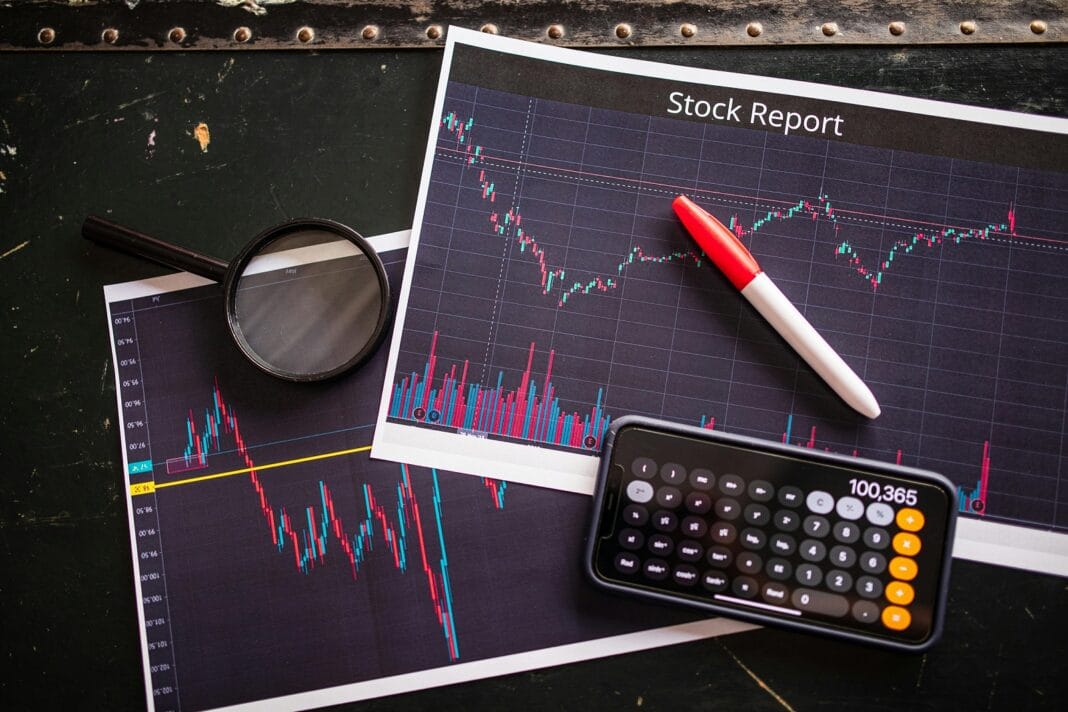Leverage is a fundamental concept in forex trading that can significantly amplify both potential profits and losses. Understanding how leverage works and weighing its advantages and disadvantages is crucial for any aspiring forex trader. In this blog, we’ll delve into the concept of leverage, explore its pros and cons, and provide insights to help you make informed trading decisions.
What is Leverage in Forex Trading? Leverage is essentially borrowed capital that allows traders to control a larger position in the market with a smaller amount of their own funds. It’s expressed as a ratio, such as 1:50 or 1:100, indicating the amount of borrowed capital relative to the trader’s own capital. For instance, with a leverage of 1:100, a trader can control a position worth $100,000 with just $1,000 of their own funds.
Pros of Leverage:
- Amplified Profit Potential: Leverage enables traders to magnify their potential profits. A small market movement can lead to substantial gains relative to the initial investment.
- Access to Larger Positions: Traders with limited capital can participate in markets that might otherwise be out of their reach, enhancing trading opportunities.
- Diversification: Leverage allows traders to spread their capital across multiple trades, diversifying risk and potentially increasing their chances of success.
- Flexibility: With leverage, traders can employ various strategies and trade different currency pairs, adapting to changing market conditions.
Cons of Leverage:
- Increased Risk: The same leverage that magnifies profits also amplifies losses. A small adverse market movement can lead to substantial losses, even exceeding the initial investment.
- Margin Calls: If a trade moves against a trader and losses approach the margin requirement, a broker may issue a margin call, demanding additional funds to maintain the position. Failure to meet the margin call can result in the position being closed at a loss.
- Overtrading: High leverage can tempt traders to overtrade, leading to impulsive decisions and poor risk management.
- Psychological Stress: Trading with high leverage can lead to heightened emotional stress, as larger positions result in bigger swings in account balance.
- Limited Control: Leverage puts traders at the mercy of market fluctuations, making it challenging to control losses if the market behaves unexpectedly.
Managing Leverage Effectively:
- Understand Your Risk Tolerance: Assess your risk tolerance before deciding on a leverage level. Consider the maximum loss you’re comfortable with.
- Use Risk Management Tools: Implement strict risk management practices, including setting stop-loss orders and limiting the percentage of your capital allocated to a single trade.
- Educate Yourself: Learn about the correlation between leverage and risk. Understand how leverage affects your trading strategy and the potential outcomes.
- Start with Low Leverage: If you’re a beginner, start with lower leverage ratios until you’re more comfortable with trading dynamics.
Conclusion: Leverage is a powerful tool that can greatly influence your trading outcomes. While it offers the potential for significant profits, it also carries substantial risks. Successful traders use leverage judiciously, understanding its impact on their trading strategy and risk tolerance. By weighing the pros and cons of leverage, you can make informed decisions that align with your trading goals and risk appetite. Remember, responsible risk management is essential to navigate the complexities of leveraged trading.

